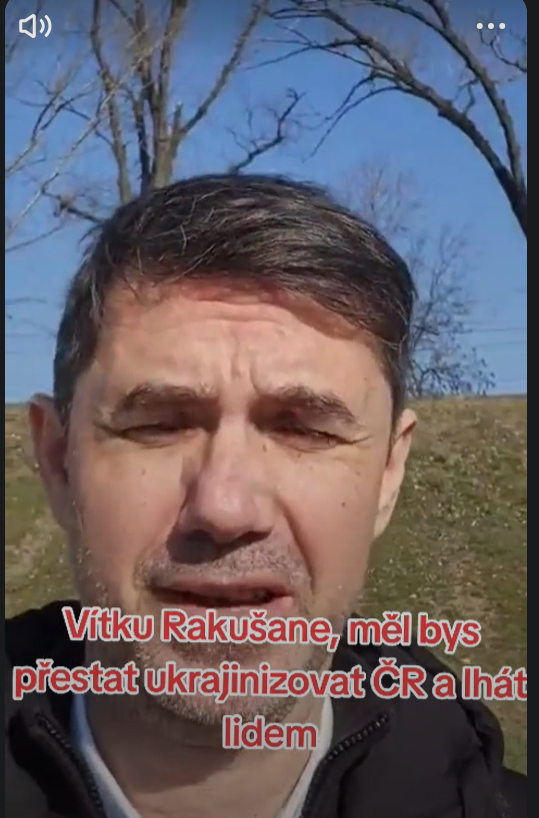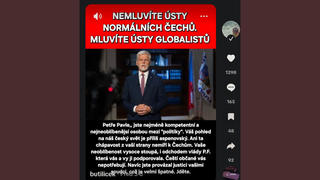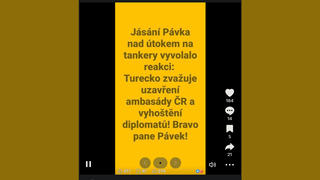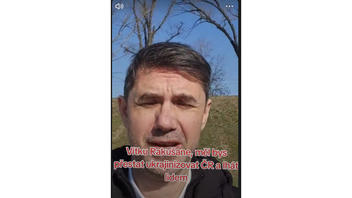
Did the EU establish the Temporary Protection Directive a few years before Russia invaded Ukraine, since it knew the war was coming and that there would be an influx of refugees? No, that's not true: Such a directive was already approved in 2001 following the conflicts in former Yugoslavia. It had never been triggered before March 4, 2022, when it was activated swiftly following the Russian aggression against Ukraine.
The claim appeared in a video (archived here) published on TikTok on February 19, 2025. The person in the video says in Czech, translated by Lead Stories staff:
Friends, Vitek Rakusan came with a great news that when the war ends in Ukraine, or when there is a truce, the Ukrainians will not get temporary protection status anymore... What is temporary protection? Temporary protection is a program that the EU approved in 2020 or 2021 in advance... since they knew that there would be a war in Ukraine so they approved it in advance...
This is what the post looked like on TikTok at the time of writing:
(Source: TikTok screenshot taken on Tue Apr 8 07:20:02 2025 UTC)
The person speaking in the video is Ladislav Vrabel (archived here), a figure known for spreading disinformation and organizing anti-government protests in the Czech Republic.
The claim that the EU Temporary Protection Directive was adopted "in 2020 or 2021," as stated in the video, because the EU anticipated an upcoming war in Ukraine, is false. The Temporary Protection Directive (Directive 2001/55/EC) was created in July 2001 (archived here), following the conflicts in former Yugoslavia (archived here).
The Directive establishes standards (archived here) and procedures for addressing a mass influx of people in need of international protection. The directive was activated for the first time by the Council on March 4, 2022, in response to the Russian invasion of Ukraine, to grant temporary protection to people fleeing the war in Ukraine. It has now been extended to March 2026 (archived here).
As of January 31, 2025, nearly 4.3 million non-EU citizens (archived here) who fled Ukraine had been granted temporary protection status in the EU. The EU countries hosting the highest number of beneficiaries of temporary protection from Ukraine were Germany (1,170,250 people; 27.3% of the EU total), Poland (993,015; 23.2%), and the Czech Republic (394,985; 9.2%).
Vrabel also mentions the Czech Interior Affairs Minister Vit Rakusan (archived here) in the above video. He is probably referring to an article on Novinky.cz (see screenshot below), published on February 18, 2025. In an interview with the Czech online news outlet, Rakusan said that Ukrainians would stop getting temporary protection status in the country in the event of a truce or the end of the war in Ukraine. After the war is over, he added, no one from Ukraine will be able to come to the country and use the temporary protection status. The same rules will apply to Ukrainians as to other non-EU citizens coming to the Czech Republic, Rakusan told Novinky in the interview.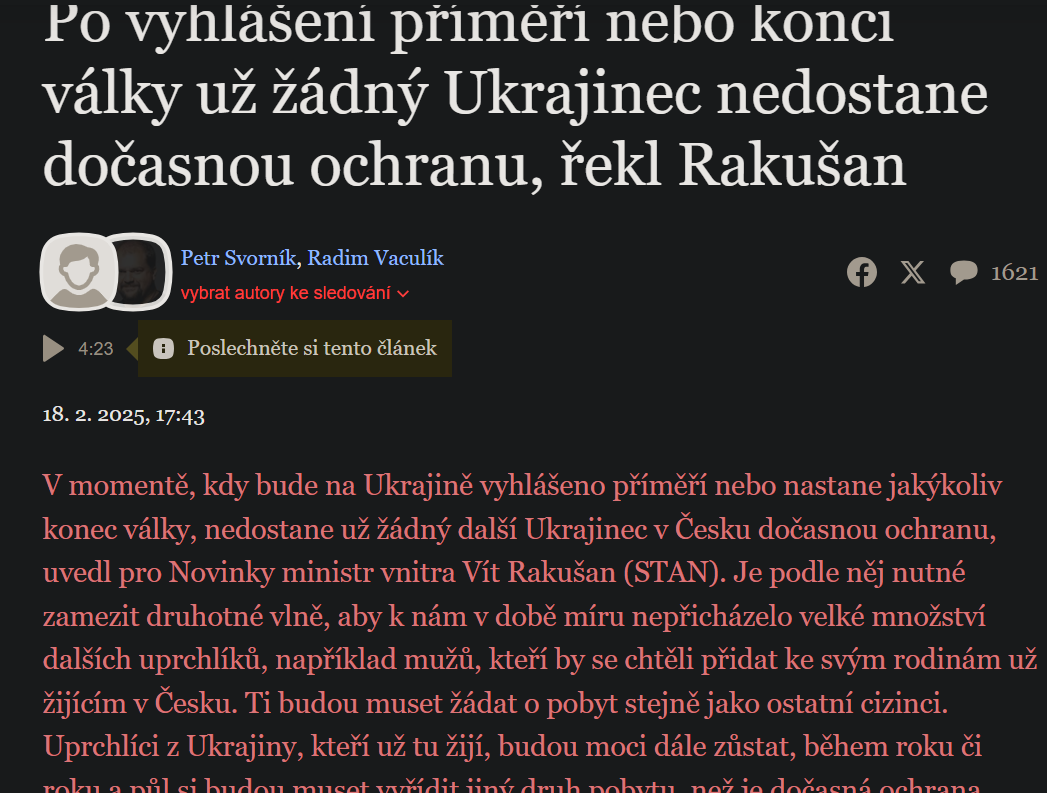
(Source: Novinky screenshot taken on Tue Apr 8 09:20:02 2025 UTC)
Rakusan also said that an EU-level solution needs to be adopted, providing member states with a framework to assist refugees who decide to stay, changing their national status for work and study, or reunite with their families, or to help those who choose to return to Ukraine. He added that the Czech Republic was actively involved in shaping such a solution and expected a first draft to be ready by the end of June 2025, under the Polish Presidency of the European Union.
On April 7, 2025, Euroactiv reported that the EU´s Home Affairs Council is set to address the issue in June (archived here).
On April 17, 2025, Lead Stories contacted the European Union by email to request a comment. This story will be updated if we receive a response.

